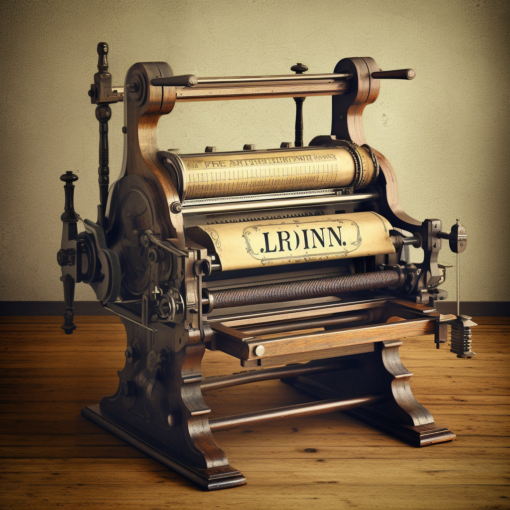Greetings, distinguished seekers of intrigue and knowledge!
Percival Q. Higginbottom at your service once again. This fine day, I present to you a journey that shall make your spirits soar and your minds wander, as we venture through the corridors of time with the mesmerizing hourglass as our talisman. A vessel of both the ethereal and the tangible, the hourglass has measured time with grace and poise, never missing a beat, nor a grain.
Ah, the hourglass – a symbol, an instrument, a relic. Its elegant form, two bulbs connected by a slender neck, has enchanted civilizations since its birth in the 8th century. The steady trickle of sand, each grain a fleeting second, is a poignant reminder of the relentless march of time.
As legend has it, the first known hourglass was aboard a ship navigating the unfathomable oceans. Mariners were in constant battle with the capricious tides, and a reliable measure of time was essential. With the gentle sway of the ship, the sands of the hourglass danced in harmony, their rhythm aligning with the ebb and flow of the mighty sea.
Hourglasses rose to prominence in medieval Europe, where they adorned monasteries and churches. The measured cascade of sand governed the lives of the pious, signaling moments for prayer and reflection. As a symbol, the hourglass was revered, often appearing in art and literature as a metaphor for the transient nature of human existence.
But dear friends, the hourglass was not content with simply measuring the hours. With a spirit as boundless as the sands of time, it found its way into myriad forms and uses. Cooks relied upon it to steep tea to perfection, alchemists sought its precision in their quest to turn base metal into gold, and soothsayers used it to predict the future in cryptic tales woven from the whispers of the sands.
In modernity, though the hourglass has largely been eclipsed by the tick-tock of mechanical clocks and the cold precision of digital timers, it remains a treasured relic. It continues to be a muse for poets, a nostalgic keepsake, and a symbol woven into the fabric of our digital lives (the cursor icon, as the computer ponders our requests, often takes the form of a minuscule hourglass).
As I bid you adieu, dear readers, may the sands of time be ever in your favor. Like the grains in an hourglass, may each passing moment build upon the last, creating a foundation of cherished memories and boundless wisdom.
With timeless gratitude,
Percival Q. Higginbottom 🕰️🎩

Websites for Further Reading:
- History of Hourglasses: A portal that offers an intriguing historical account of the hourglass, tracking its origins and evolution throughout the ages.
- The Hourglass: Its History and Its Use: A comprehensive article that delves into the history of the hourglass, detailing its creation, purpose, and significance in various cultures.
- Hourglasses in Art: Daily Art Magazine takes you on a pictorial journey through the representation of hourglasses in art, offering insights into the symbolism and cultural significance of this mesmerizing timekeeping instrument.
- Making a Modern Hourglass: For the DIY enthusiasts, Make Magazine offers a guide on crafting your very own hourglass. An enthralling activity to connect with an age-old tradition.





3 thoughts on “Tokens of Time: The Bewitching World of Hourglasses”
Your point of view caught my eye and was very interesting. Thanks. I have a question for you.
Your point of view caught my eye and was very interesting. Thanks. I have a question for you.
Thank you for your sharing. I am worried that I lack creative ideas. It is your article that makes me full of hope. Thank you. But, I have a question, can you help me?